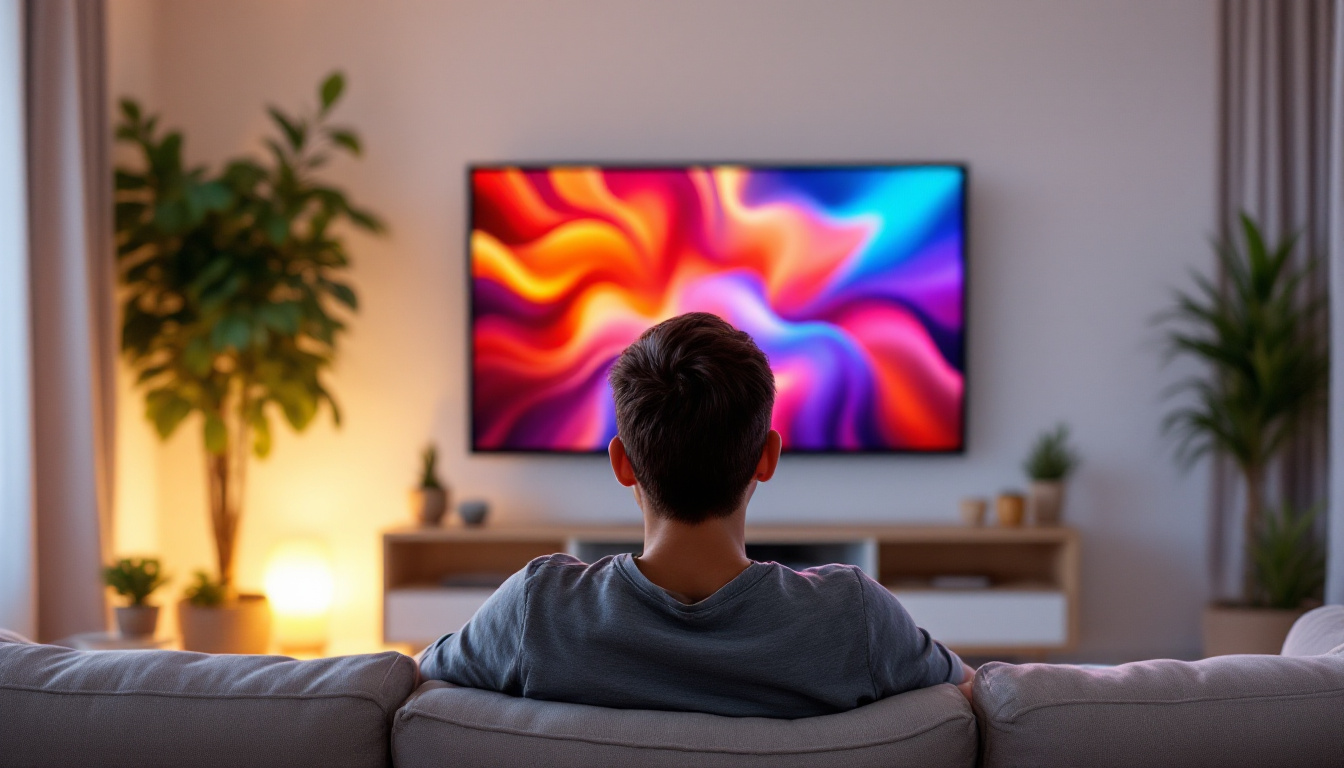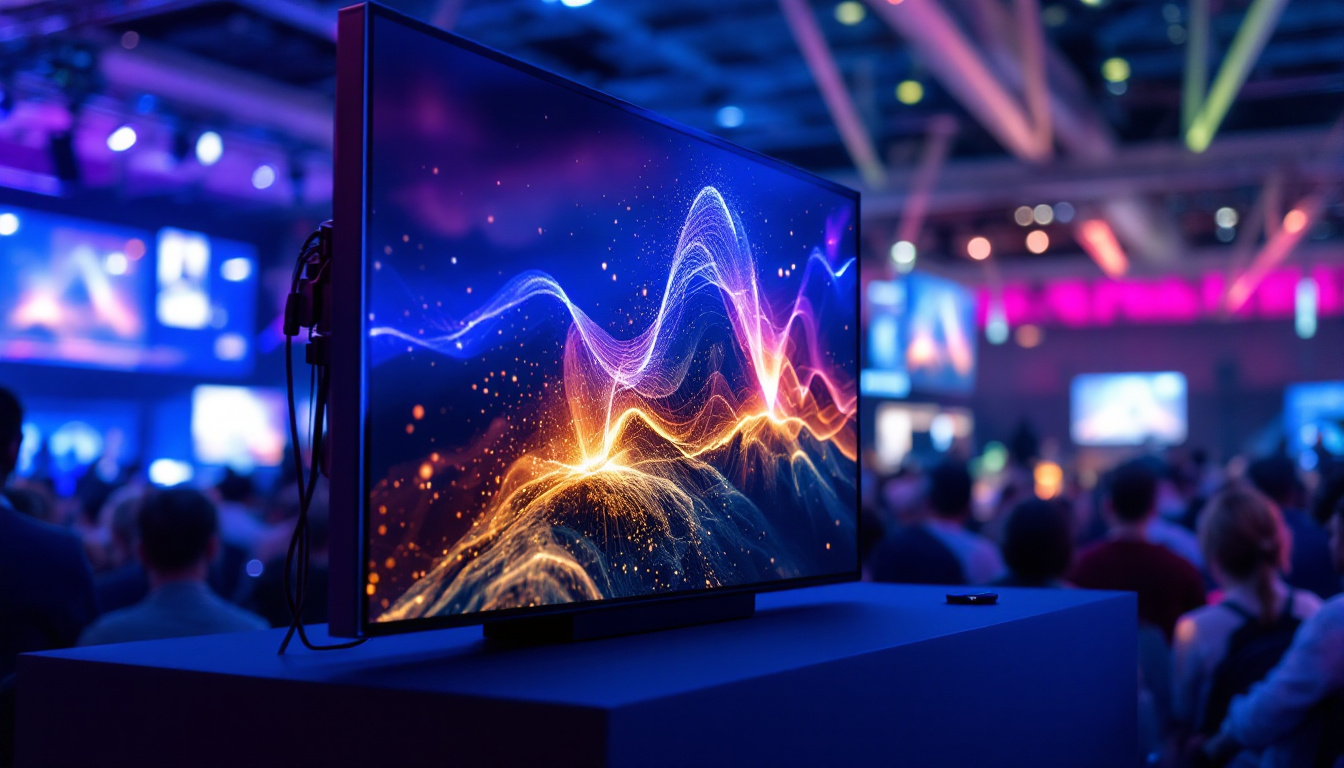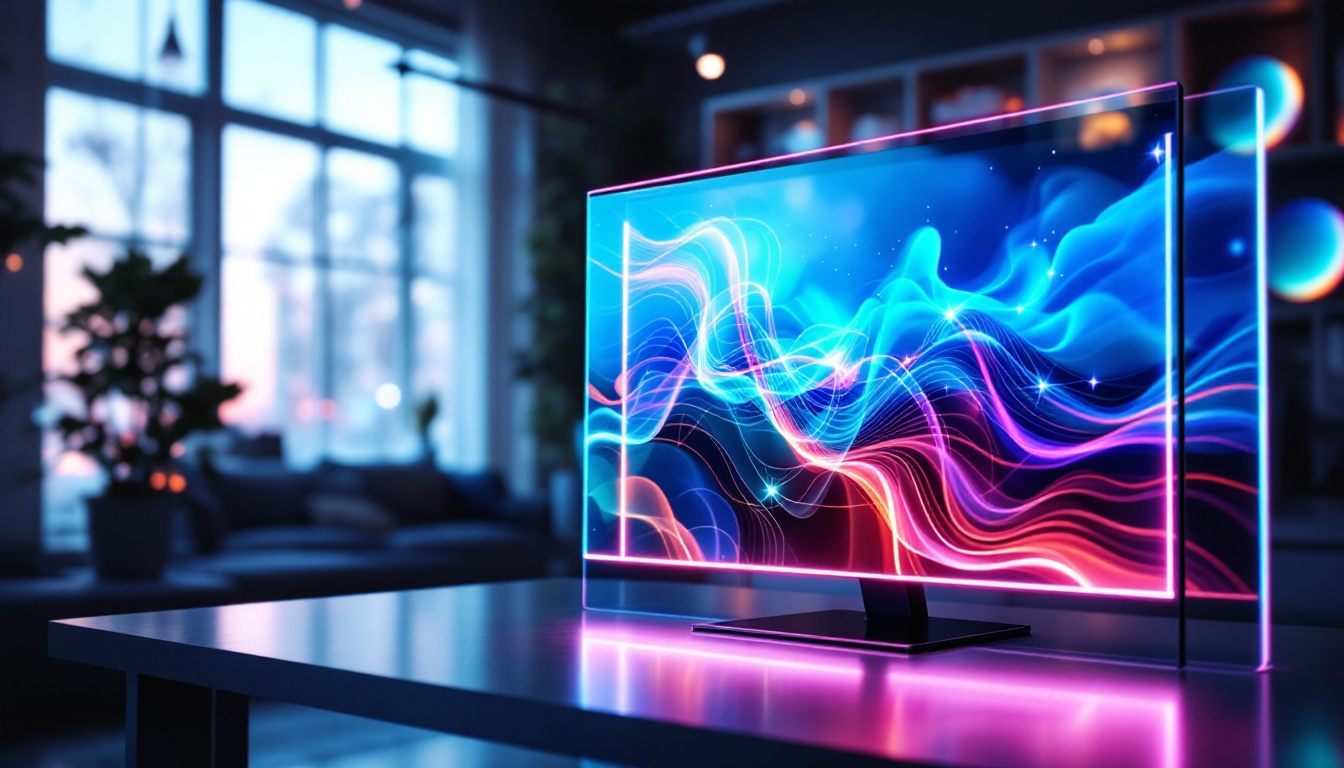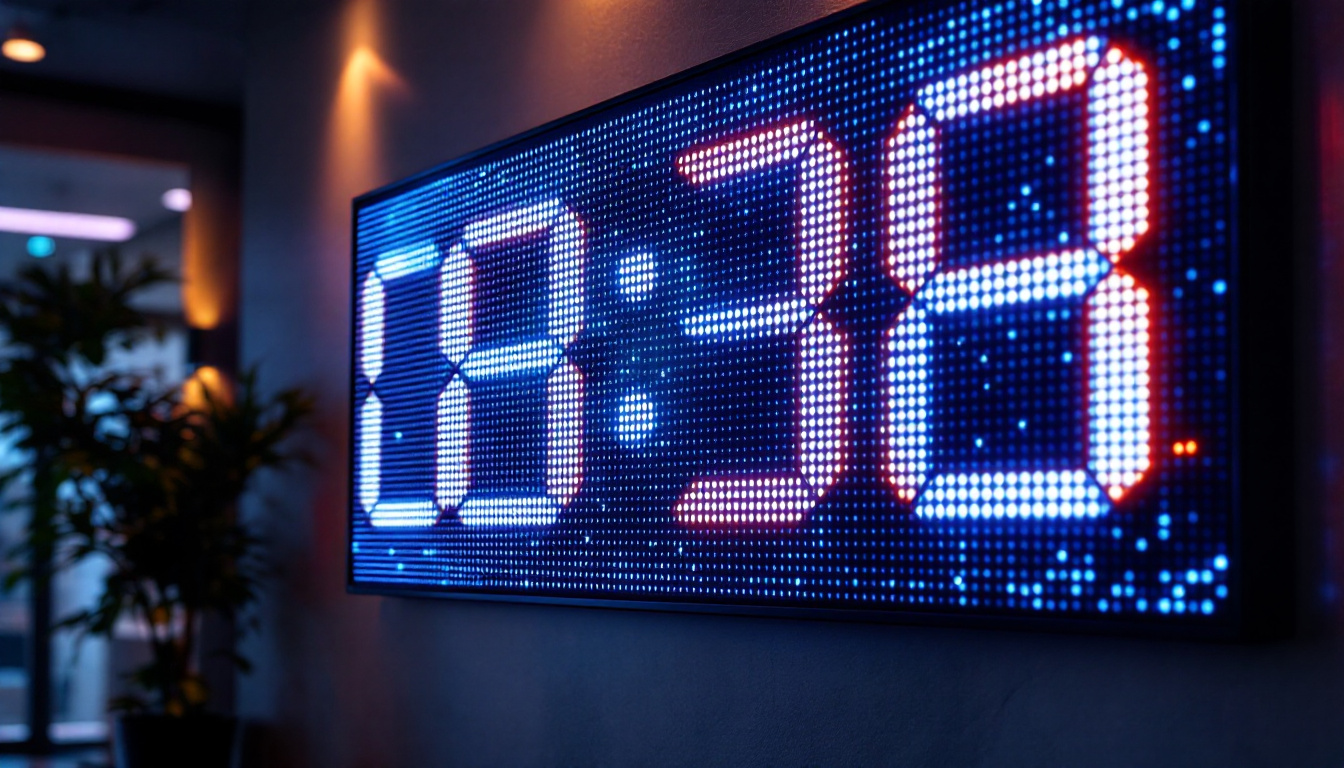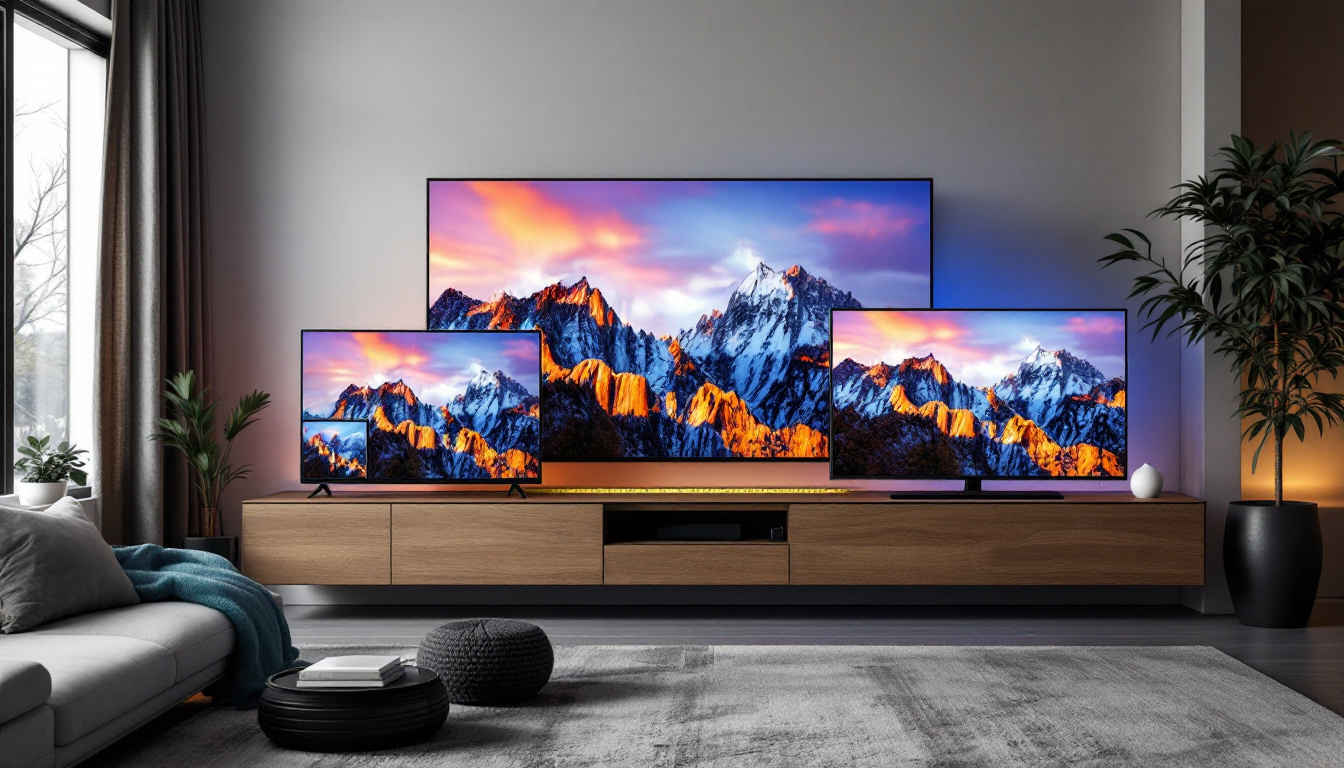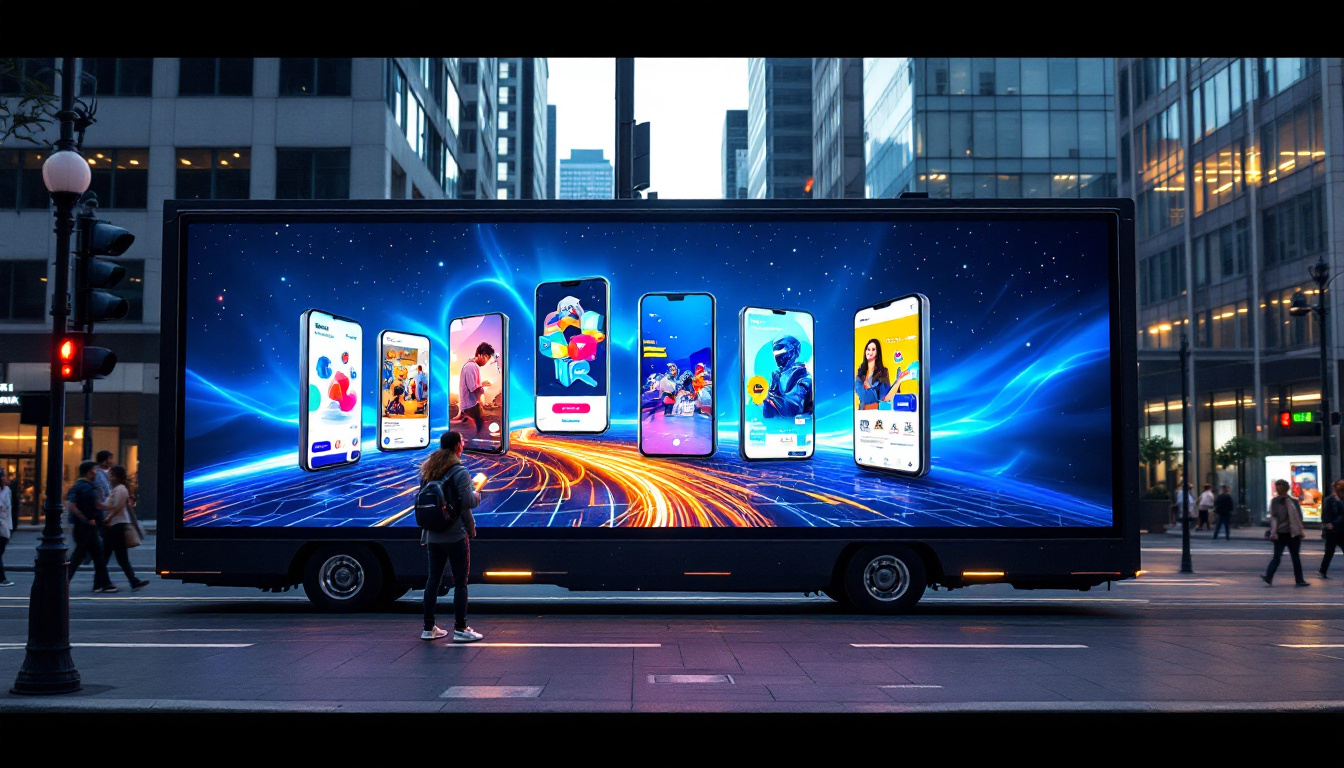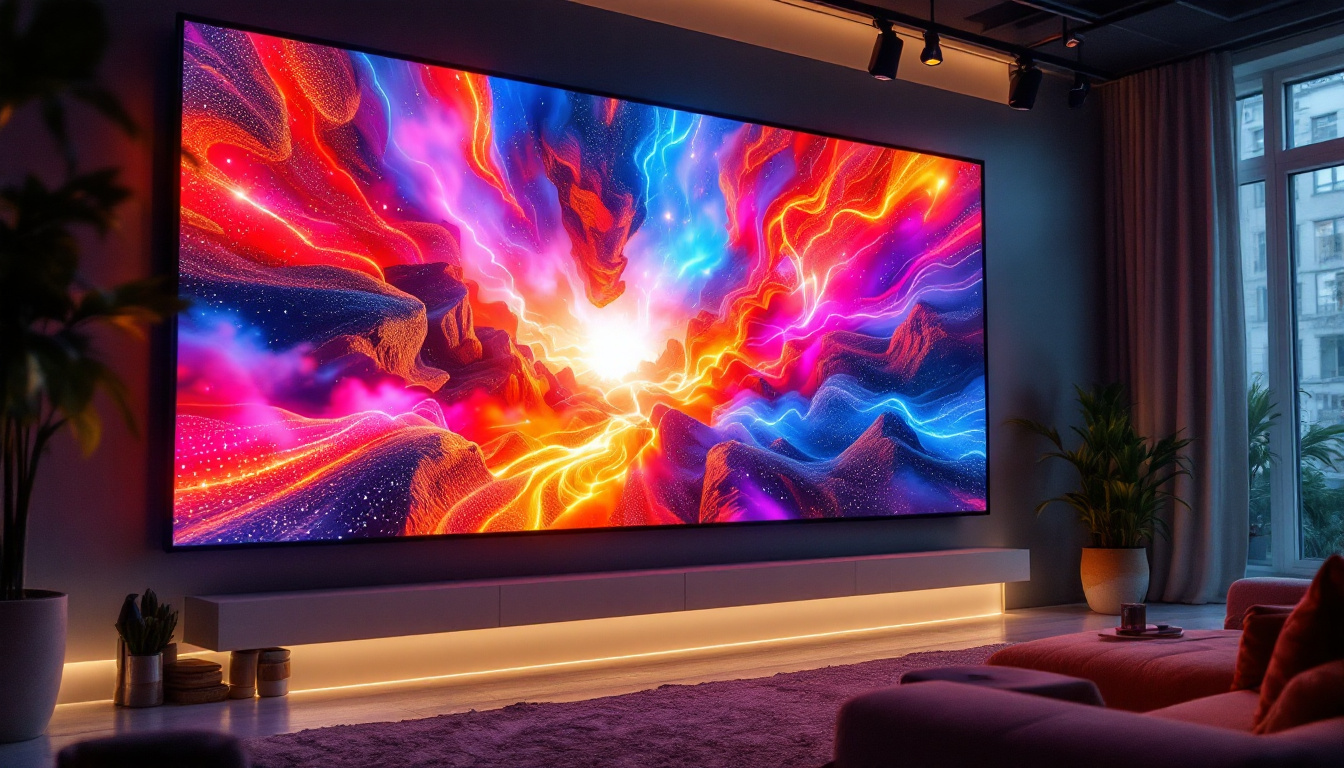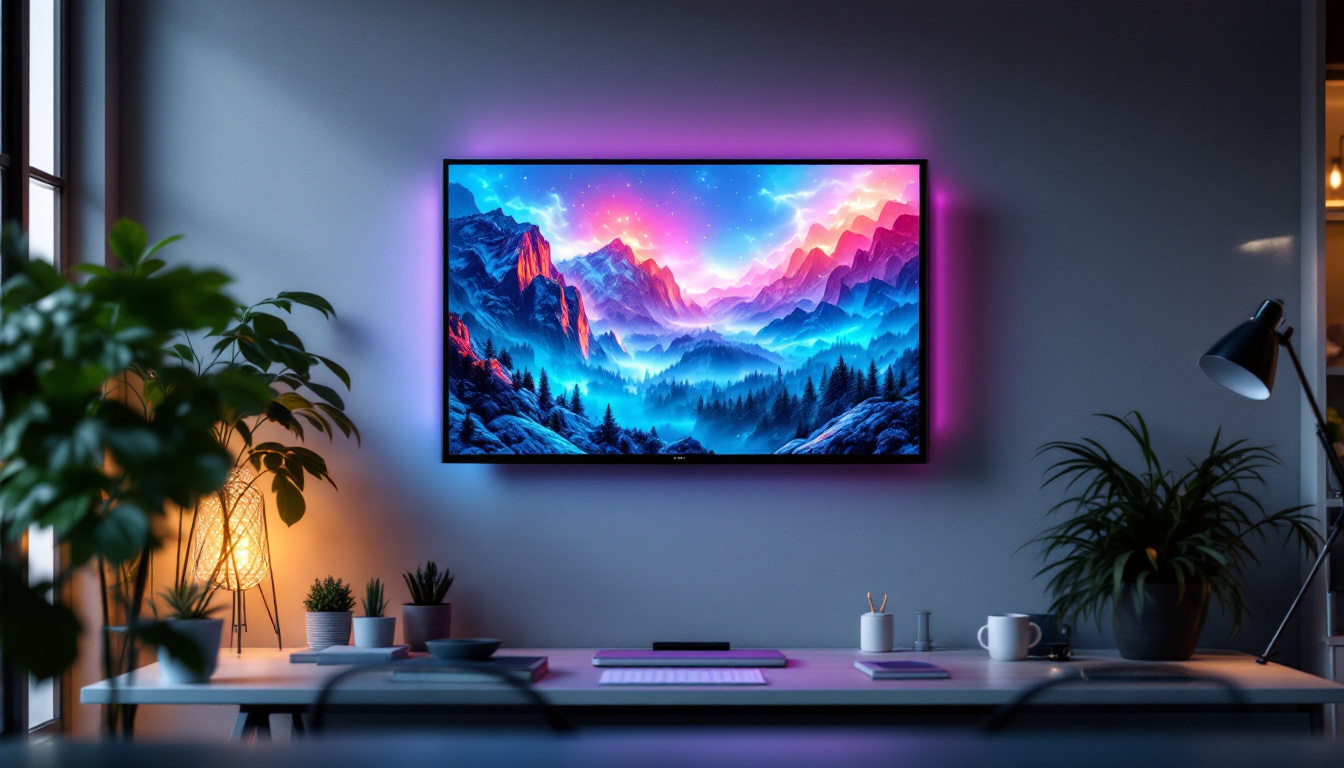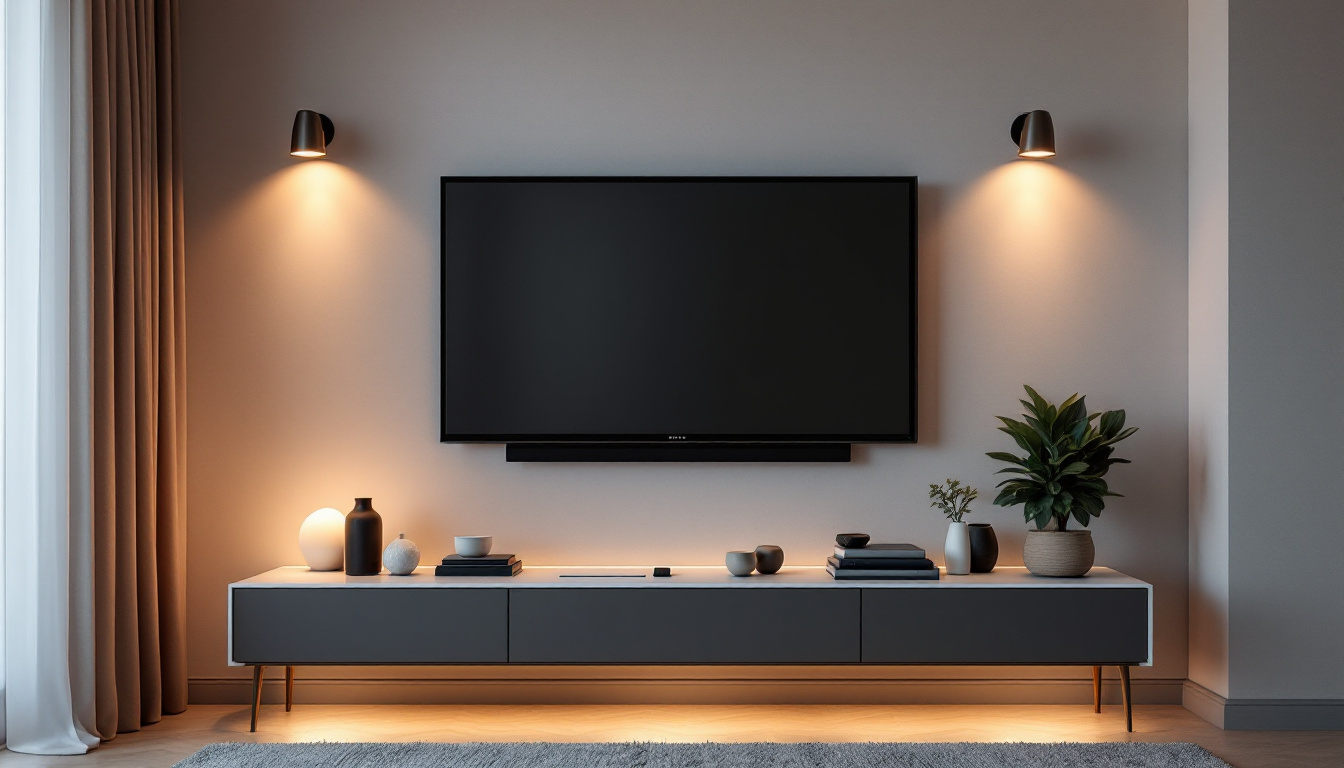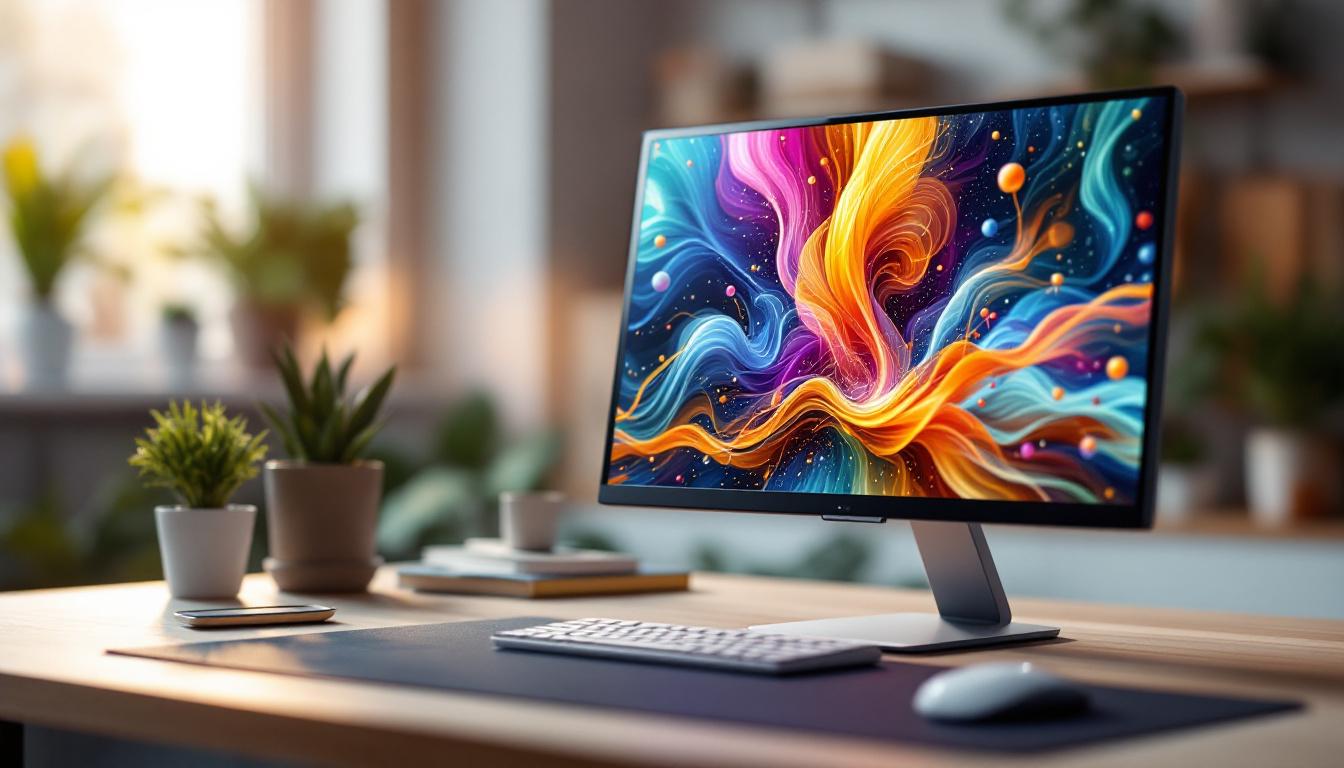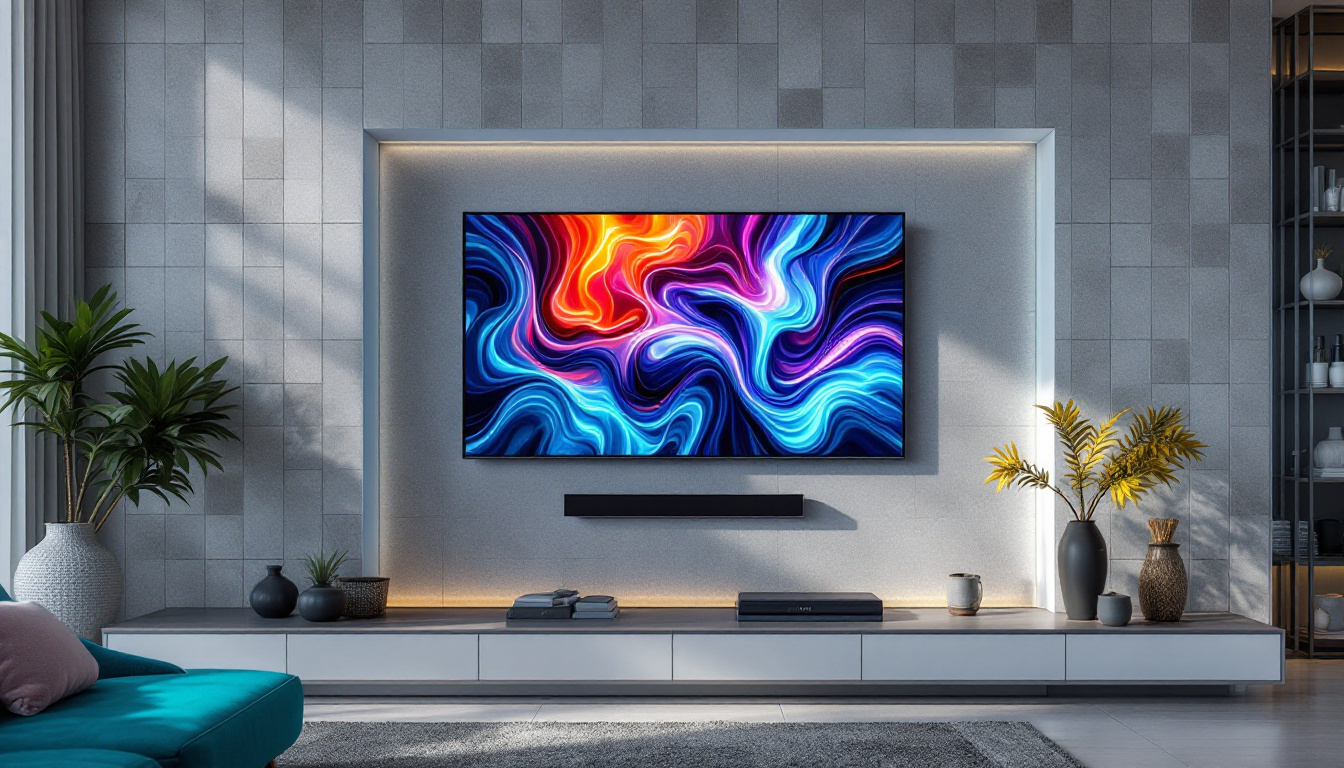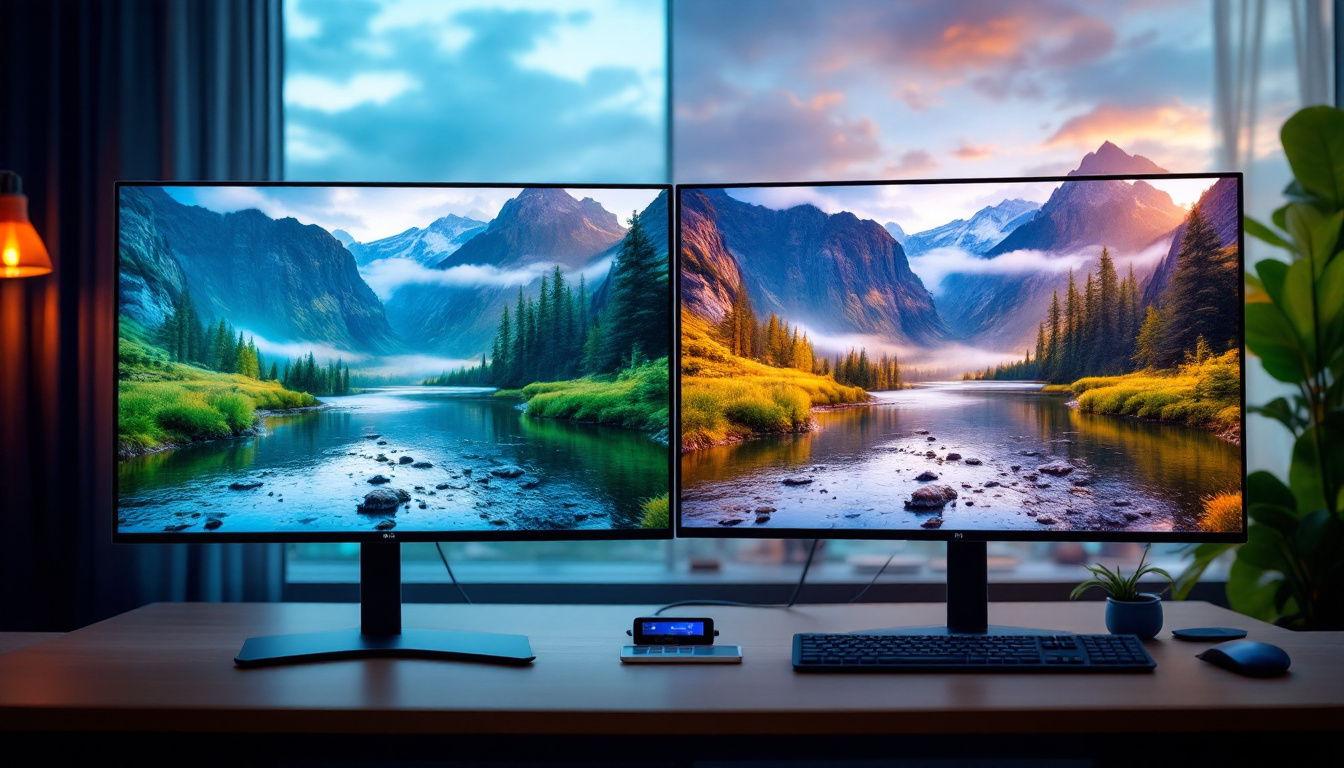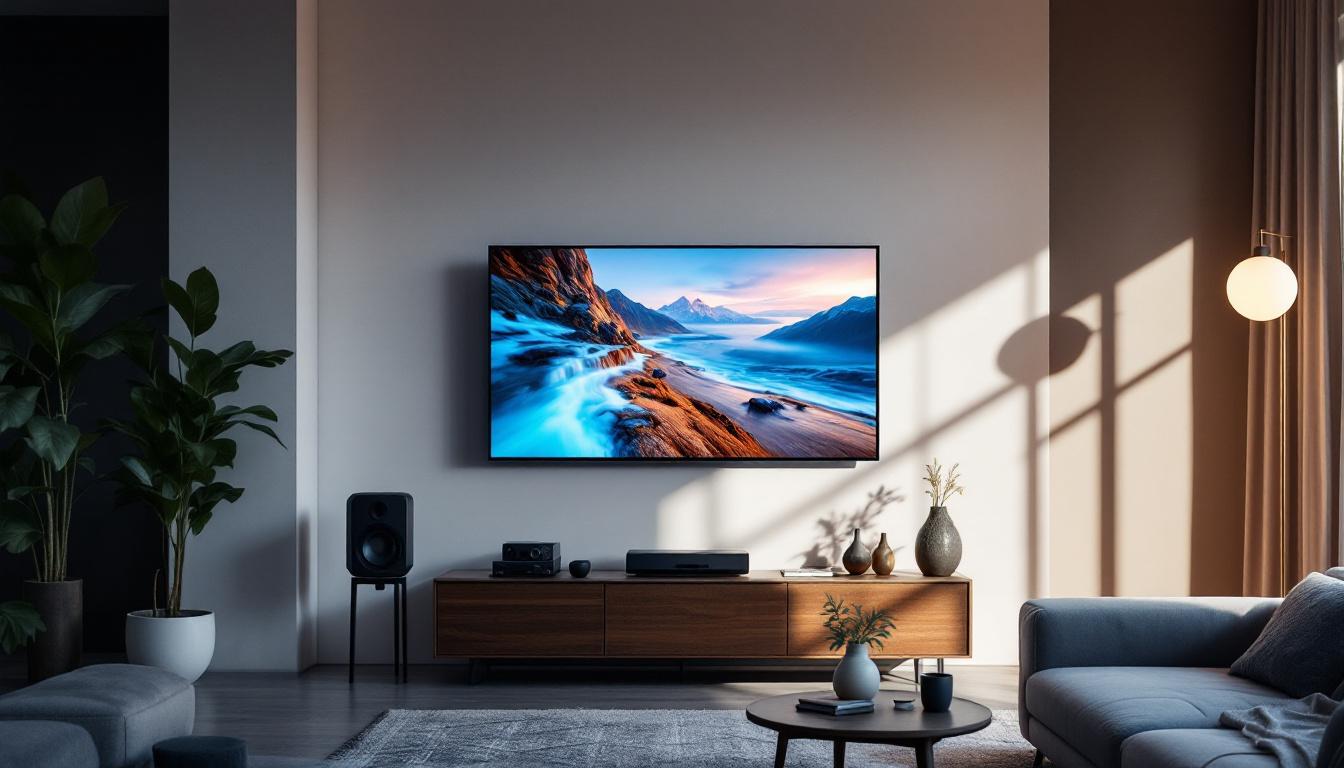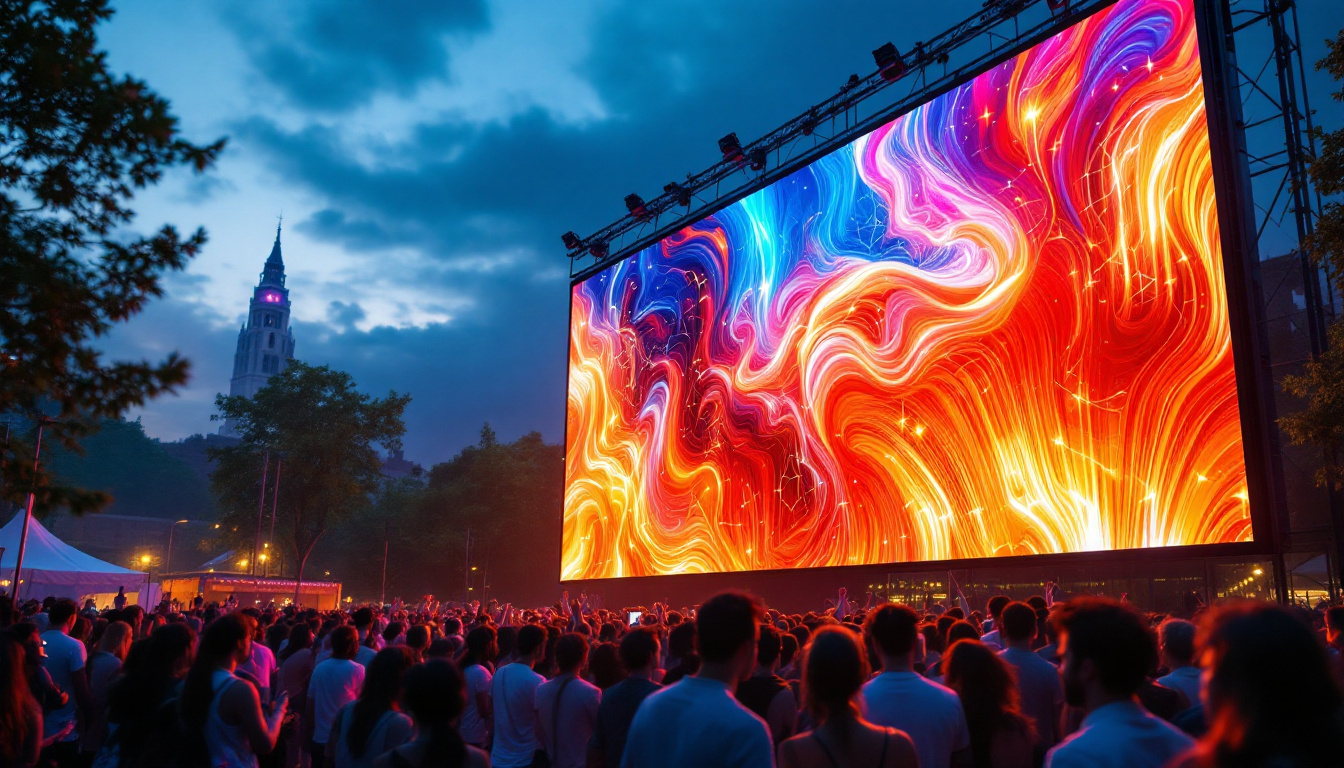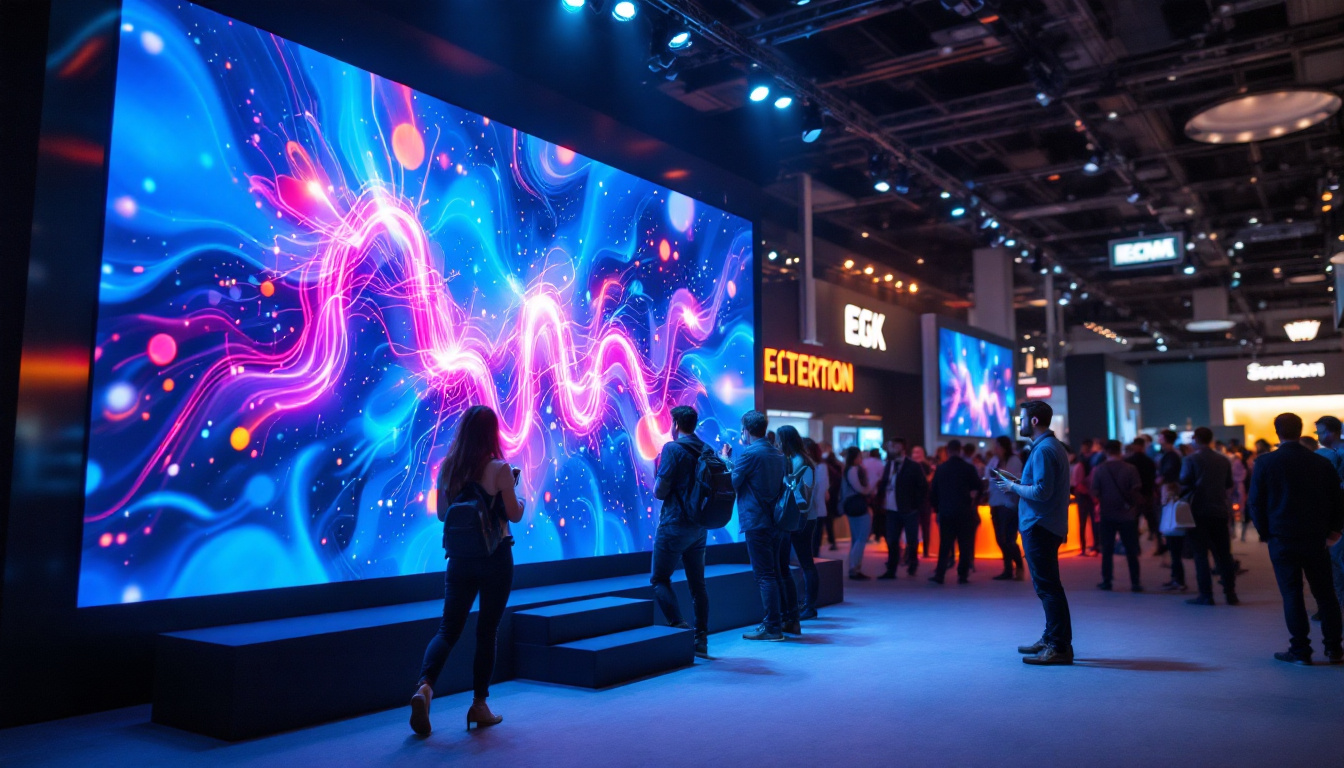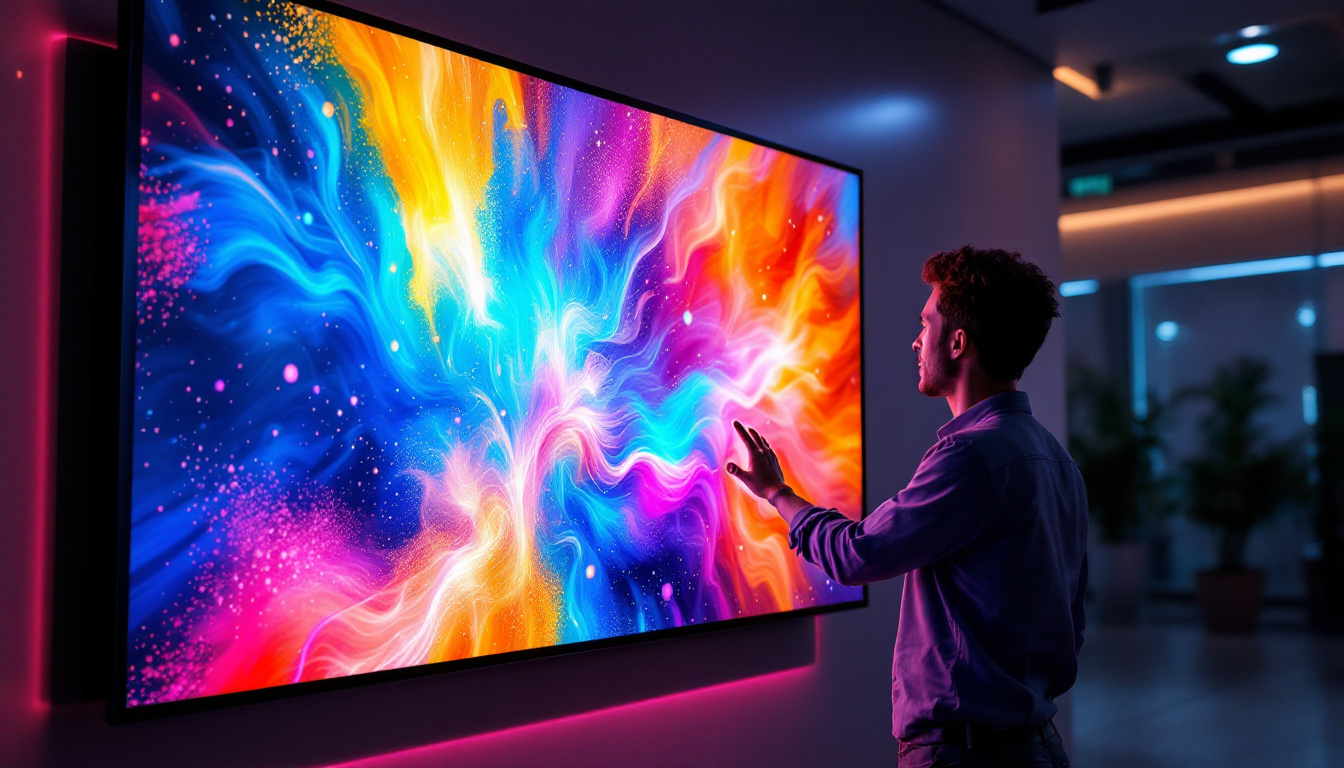As technology continues to advance, 4K LED displays have become increasingly popular among consumers and professionals alike. With their stunning picture quality and vibrant colors, these displays offer an immersive viewing experience. However, to fully appreciate the capabilities of a 4K display, understanding the optimal viewing distance is crucial. This article will explore the factors that influence viewing distance, how to calculate it, and the benefits of adhering to these guidelines.
Understanding 4K Resolution
Before delving into optimal viewing distances, it’s essential to comprehend what 4K resolution entails. 4K, or Ultra High Definition (UHD), refers to a display resolution of 3840 x 2160 pixels. This resolution is four times that of Full HD (1920 x 1080 pixels), resulting in sharper images and finer details. The increased pixel density allows viewers to sit closer to the screen without noticing a loss in image quality.
The Benefits of 4K Displays
4K displays provide several advantages over their lower-resolution counterparts. One of the most significant benefits is the enhanced detail and clarity, making them ideal for watching movies, playing video games, or viewing high-resolution images. Additionally, the wider color gamut available in many 4K displays allows for more vibrant and accurate color reproduction, further enhancing the viewing experience.
Moreover, 4K technology is becoming more accessible, with a growing library of content available in UHD. Streaming services, Blu-ray discs, and gaming consoles are increasingly supporting 4K output, making it a worthwhile investment for those seeking the best visual experience. As technology continues to evolve, even traditional media is being remastered in 4K, allowing audiences to experience their favorite films and shows in a new light. This shift not only enhances the visual quality but also brings a renewed appreciation for cinematography and artistry in filmmaking.
Pixel Density and Viewing Experience
Pixel density, measured in pixels per inch (PPI), plays a critical role in determining how close one can sit to a display without perceiving individual pixels. Higher pixel density results in a more seamless image, reducing the likelihood of seeing pixelation. For 4K displays, the increased pixel density allows viewers to enjoy a closer viewing distance compared to lower resolution screens. This is particularly beneficial in settings where large screens are used, such as home theaters or gaming setups, where immersion is key to the experience.
Furthermore, the advantages of 4K resolution extend beyond mere pixel count. The technology often incorporates advanced features such as High Dynamic Range (HDR), which enhances contrast and color accuracy, resulting in images that are more lifelike. This means that not only do viewers enjoy sharper images, but they also experience a broader range of colors and deeper blacks, making scenes more dynamic and engaging. As a result, 4K displays are not just about resolution; they represent a significant leap forward in how we perceive and interact with visual content.
Calculating Optimal Viewing Distance
Determining the optimal viewing distance for a 4K LED display involves several factors, including screen size, resolution, and personal preference. While there are general guidelines, individual comfort levels and the specific use case can also influence the ideal distance.
General Guidelines
A common rule of thumb for calculating the optimal viewing distance is to multiply the diagonal screen size (in inches) by a factor of 1 to 1.5 for 4K displays. For instance, if one has a 55-inch 4K TV, the optimal viewing distance would range from 55 to 82.5 inches (approximately 4.5 to 6.9 feet). This range allows viewers to appreciate the increased detail without straining their eyes.
For larger screens, the same principle applies. A 75-inch 4K display would have an optimal viewing distance of approximately 6.25 to 9.375 feet. These calculations help ensure that viewers can enjoy the full benefits of 4K resolution while maintaining a comfortable viewing experience. It’s also worth noting that the pixel density of 4K displays allows for closer viewing distances compared to lower resolution screens, making them particularly appealing for those who enjoy high-definition content.
Personal Preferences and Use Cases
While general guidelines provide a solid foundation, personal preferences and specific use cases can vary significantly. For instance, gamers may prefer to sit closer to the screen for an immersive experience, while movie enthusiasts might opt for a slightly farther distance to take in the entire visual landscape. Additionally, the layout of the room and seating arrangements can also influence the ideal distance. Factors such as the angle of the seating, the height of the screen, and ambient lighting can all play a role in how one perceives the quality of the image.
Furthermore, the type of content being viewed can also dictate the optimal distance. For example, when watching fast-paced action scenes in a video game or an intense sports match, being closer to the screen can enhance the excitement and allow for a more engaging experience. On the other hand, when enjoying a cinematic masterpiece with sweeping landscapes and intricate details, sitting further back might provide a better overall perspective. Ultimately, it’s crucial to find a balance between comfort and visual quality. Experimenting with different distances can help individuals discover their preferred viewing experience, ensuring that every pixel is enjoyed to its fullest potential.
Factors Influencing Viewing Distance
Several factors can influence the optimal viewing distance for a 4K LED display. Understanding these elements can help viewers make informed decisions about their setup.
Screen Size
Screen size is one of the most significant factors affecting viewing distance. Larger screens naturally require greater distances for optimal viewing. A larger display allows for a more immersive experience, but sitting too close can lead to discomfort and eye strain. Conversely, smaller screens may necessitate sitting closer to appreciate the detail and clarity that 4K resolution offers. For instance, a 65-inch 4K TV typically has an ideal viewing distance of about 6.5 to 10.5 feet, while a 55-inch model is best viewed from around 5.5 to 8.5 feet away. This variance highlights the importance of measuring your room and considering how the screen size fits into your viewing area.
Room Lighting
The lighting conditions in a room can also impact the viewing experience. Brightly lit rooms may require viewers to sit farther away from the screen to avoid glare and reflections, which can detract from the image quality. In contrast, a dimly lit environment can enhance the viewing experience, allowing for a closer distance without compromising visual clarity. Additionally, the use of curtains or blinds can help control natural light, while strategically placed lamps can create a cozy ambiance that complements the viewing experience. It’s also worth noting that LED displays typically perform better in well-lit environments compared to OLED screens, which can suffer from brightness issues in direct light.
Content Type
The type of content being viewed can influence optimal viewing distance as well. For example, fast-paced action movies or video games may benefit from a closer viewing distance, enhancing immersion and detail. On the other hand, watching slower-paced content, such as documentaries or talk shows, may allow for a more relaxed viewing distance. Furthermore, the resolution of the content plays a crucial role; 4K content allows for closer viewing distances without noticeable pixelation, while lower resolution formats may require viewers to sit farther back to maintain a pleasant visual experience. This distinction is particularly important for viewers who frequently switch between different types of media, as adjusting the distance based on content type can significantly enhance enjoyment and comfort.
Benefits of Optimal Viewing Distance
Adhering to the recommended optimal viewing distance can significantly enhance the overall viewing experience. Here are some key benefits:
Improved Visual Clarity
By maintaining the optimal distance, viewers can fully appreciate the enhanced detail and clarity that 4K resolution offers. Sitting too close can lead to pixelation, while sitting too far can diminish the impact of the high-resolution content. Finding the right distance strikes a balance that maximizes visual quality.
Reduced Eye Strain
Sitting at an optimal distance can also help reduce eye strain and discomfort. Prolonged exposure to screens, especially at inappropriate distances, can lead to fatigue and discomfort. By following the recommended guidelines, viewers can enjoy extended viewing sessions without experiencing adverse effects.
Enhanced Immersion
Optimal viewing distance contributes to a more immersive experience, particularly for cinematic content and gaming. By being at the right distance, viewers can feel more engaged with the action, enhancing their overall enjoyment and emotional connection to the content.
Conclusion
Understanding the optimal viewing distance for a 4K LED display is essential for maximizing the viewing experience. With the right distance, viewers can appreciate the stunning detail and vibrant colors that 4K technology offers while minimizing eye strain and discomfort. Factors such as screen size, room lighting, and content type all play a role in determining the ideal distance.
As 4K technology continues to evolve and become more prevalent, consumers can take advantage of the enhanced visual experiences it provides. By adhering to the recommended viewing distances and considering personal preferences, individuals can create a home theater setup that delivers the best possible viewing experience.
In summary, whether for gaming, movie watching, or general content consumption, understanding and applying the principles of optimal viewing distance will ensure that viewers can fully enjoy the benefits of their 4K LED displays.
Discover the Future of Visual Experience with LumenMatrix
Ready to elevate your viewing experience to new heights? LumenMatrix is at the forefront of LED display innovation, offering a wide range of solutions tailored to your needs. From immersive Indoor LED Wall Displays to dynamic Outdoor LED Wall Displays, and from versatile Vehicle LED Displays to sleek LED Poster Displays, our technology is designed to captivate and engage. Explore our cutting-edge LED Sports Displays, interactive Floor LED Displays, and the revolutionary All-in-One LED Display. Experience the clarity and impact of our Custom LED Displays and LED Transparent Displays. Embrace the visual revolution and check out LumenMatrix LED Display Solutions today to transform your space into a hub of engagement and communication.

